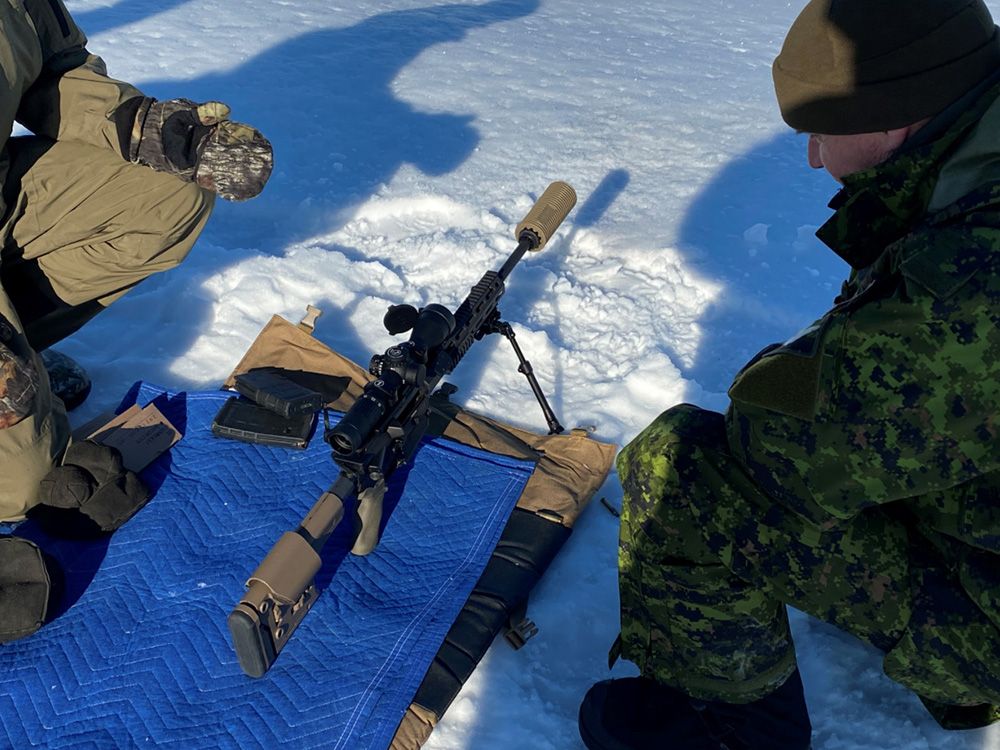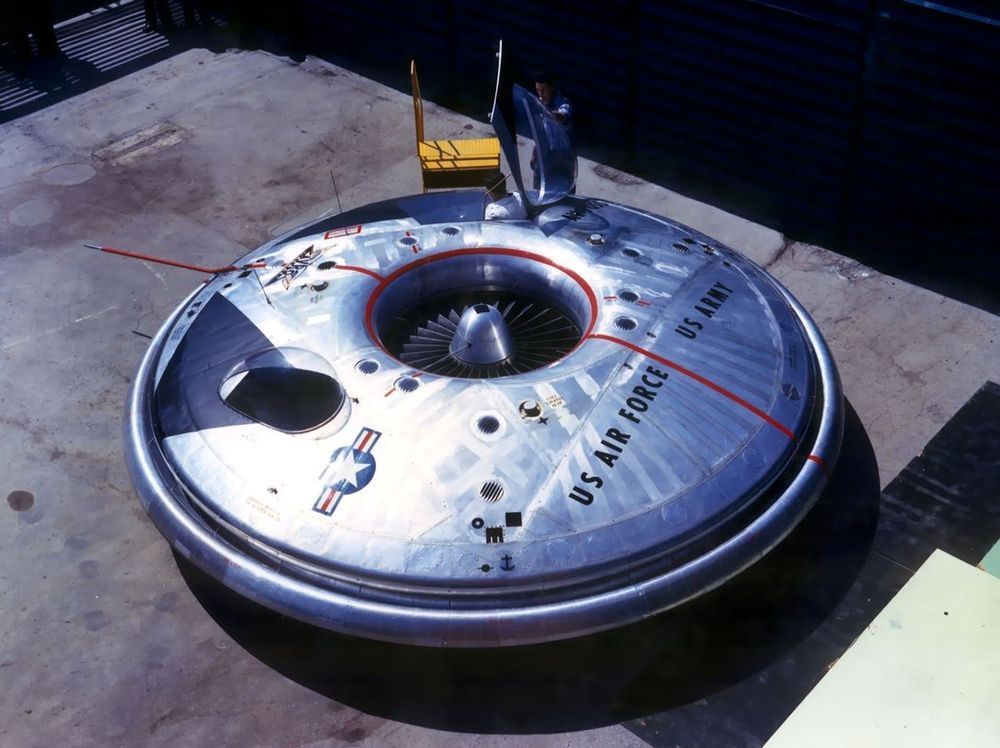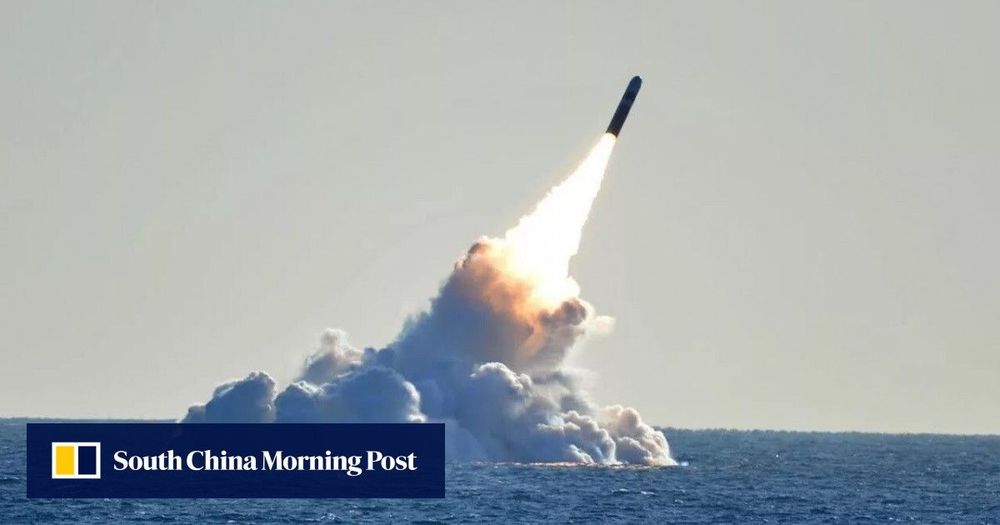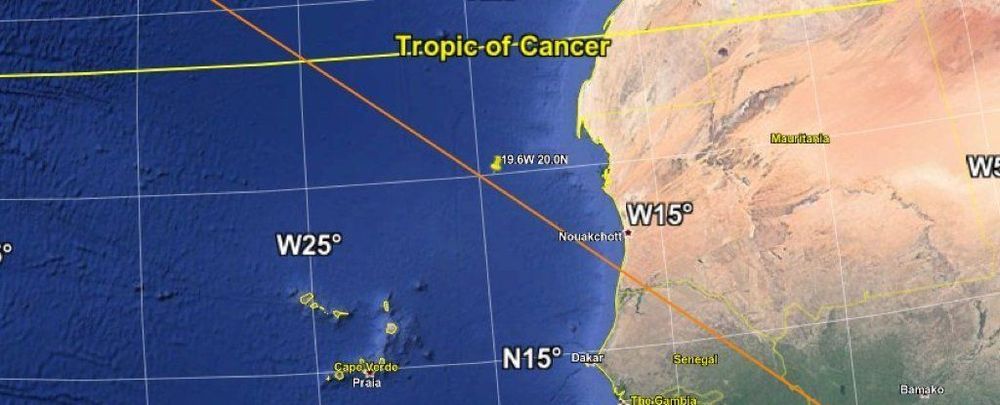For Army scientists, the goal of neuroscience research is pursuing the inner workings of the human brain to advance scientific understanding and improve Soldier performance.
Researchers recently applied new techniques to modify brain activity. Not only are these techniques used to characterize and study complex networks such as in telecommunications or social networks—they describe how different nodes, or elements of the network: brain regions in neuroscience, or individuals in social networks, interact with each other.
The U.S. Army Combat Capabilities Development Command’s Army Research Laboratory, in collaboration with academic partners, collaborated on a neurostimulation study, where they safely and non-invasively modified brain activity and then characterized the dynamics of the brain’s response to this modification. This research provides some of the foundational knowledge for future technologies that may one day expedite cognitive processes. The journal Network Neuroscience published the recent discoveries.









